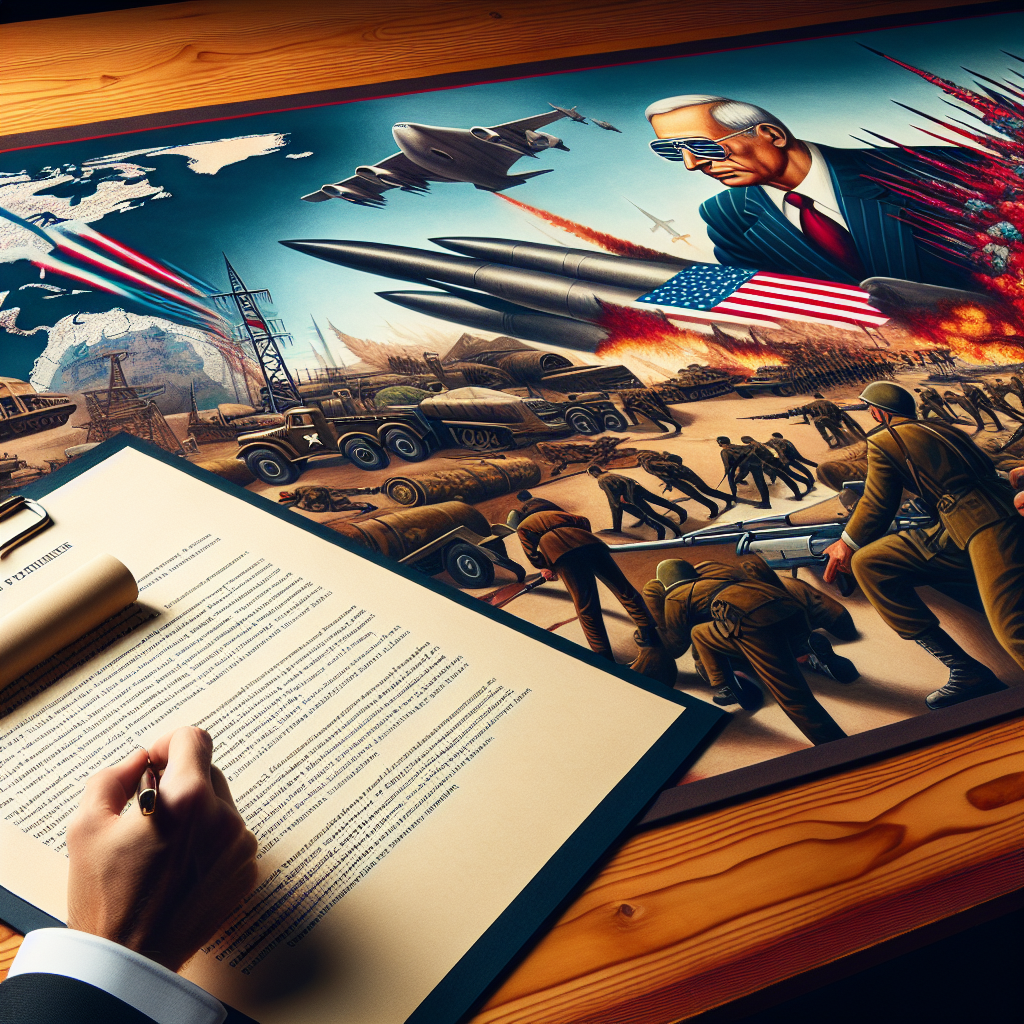Russia has recently rejected the proposal from the United States to end the war in Ukraine, while conducting the largest conscription in over a decade. President Trump has warned that if Moscow hinders reaching an agreement, a “second-level tariff” will be imposed on countries purchasing Russian oil. The prospects for peace between Russia and Ukraine are currently uncertain, but the Finnish President, who recently visited Trump, remains cautiously optimistic about the situation.
On April 1st, in an interview with Russian state media, Russian Deputy Foreign Minister Sergei Ryabkov stated that Russia values the proposed solutions from the United States, but cannot fully accept the current form of the proposal. He emphasized the need for addressing the root causes of the conflict, which he believes the current documents do not adequately cover.
Putin previously expressed his desire for Ukraine to abandon its ambitions to join NATO, for Russia to fully control its four states, and to limit the size of the Ukrainian military. However, Kyiv has deemed these demands as equivalent to surrender.
Despite the challenging negotiations, the Kremlin spokesperson Dmitry Peskov mentioned that Moscow remains in contact with the U.S., albeit acknowledging the complexity of the issue and the need for additional efforts in the negotiation process.
While Russia rejected the U.S. proposal, it hosted a meeting between Russian Foreign Minister Sergey Lavrov and Chinese Foreign Minister Wang Yi in Moscow on April 1st, deepening their diplomatic ties and discussing the situation between Russia and Ukraine, as well as Russia’s policies towards the U.S. Both ministers signed diplomatic meeting schedules for the year and arranged for Chinese President Xi Jinping’s visit to Russia in May, where Wang Yi is scheduled to meet with Putin.
Over the past few years, political and economic cooperation between China and Russia has strengthened, forming a quasi-military alliance. It is anticipated that Xi Jinping will attend Russia’s Victory Day parade on May 9th and meet with Putin. In return, Putin is expected to attend China’s Victory Day event commemorating the war against Japan in September.
The conflict between Russia and Ukraine has lasted over three years. China, while maintaining a neutral facade in the conflict, has reportedly provided indirect support to Russia, especially following Trump’s presidency.
An Australian legal expert, Yuan Hongbing, revealed last October about a report from a Chinese military think tank predicting a potential shift in international politics towards the Indo-Pacific region under a Trump presidency. It mentioned the possibility of improved relations between Russia and the U.S. posing a challenge to China on the Taiwan issue.
Russia also announced a large-scale military conscription recently, expanding the enlistment size to 160,000 young men annually. The conscription targets males aged 18 to 30 for a 12-month service period, with an assurance of not being deployed to combat in Ukraine.
Since Russia’s invasion of Ukraine in 2022, military enlistments have surged each year, with this current call-up being the largest in the past 14 years. Reports suggest that Russian soldiers involved in the conflict are mostly well-paid volunteers. However, the Ukrainian Anti-Disinformation Center claims that conscripts are coerced into signing contracts and eventually sent to the frontlines, portraying conscription as a tool to compensate for frontline losses.
The current conscription drive might indicate Russia’s attempt to prolong the conflict despite claiming to seek peace, according to the center. Ukrainian President Zelensky recently accused Russia of stalling negotiations and potentially preparing for new offensives in certain regions to gain more territory.
In response to the stalled peace talks and lack of progress towards a peace agreement with Russia, Trump has expressed frustration. He threatened to impose sanctions on countries buying Russian oil if Moscow obstructs reaching an agreement.
Finnish President Stubb, who visited Trump in Florida recently, remains cautiously optimistic about the peace prospects. He believes that a clear deadline for a comprehensive ceasefire is necessary, suggesting April 20th as an ideal date coinciding with Easter and Trump’s second term in office. Stubb also recommended imposing severe sanctions on Russia if they reject or violate the ceasefire agreement.
Currently, the U.S. is focused on brokering a peace deal between Russia and Ukraine, with a strategic priority shifting towards the Indo-Pacific region rather than Europe.
A confidential Pentagon document revealed by The Washington Post on March 31st highlighted a temporary defense strategy emphasizing the support of U.S. nuclear deterrence for Europe against Russia, should an attack occur. However, troops would first be deployed to counter China or reserved for domestic defense, with assistance to Europe only if Russia launches an attack.
The document also stressed that increased defense spending in Europe would ensure NATO’s reliable deterrence against Russian aggression, even if the U.S. is preoccupied with or must retain forces for a major conflict elsewhere.
Pete Hegseth, the U.S. Secretary of Defense, underscored in an internal memo that preventing China from taking over Taiwan is a top priority as the only strategic threat to the U.S. The shifting global dynamics signal a delicate balance of power and strategic alliances between the major world powers amid escalating tensions in Europe and Asia.

